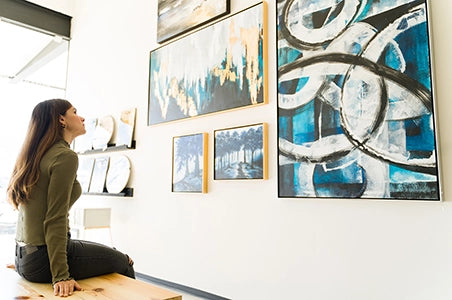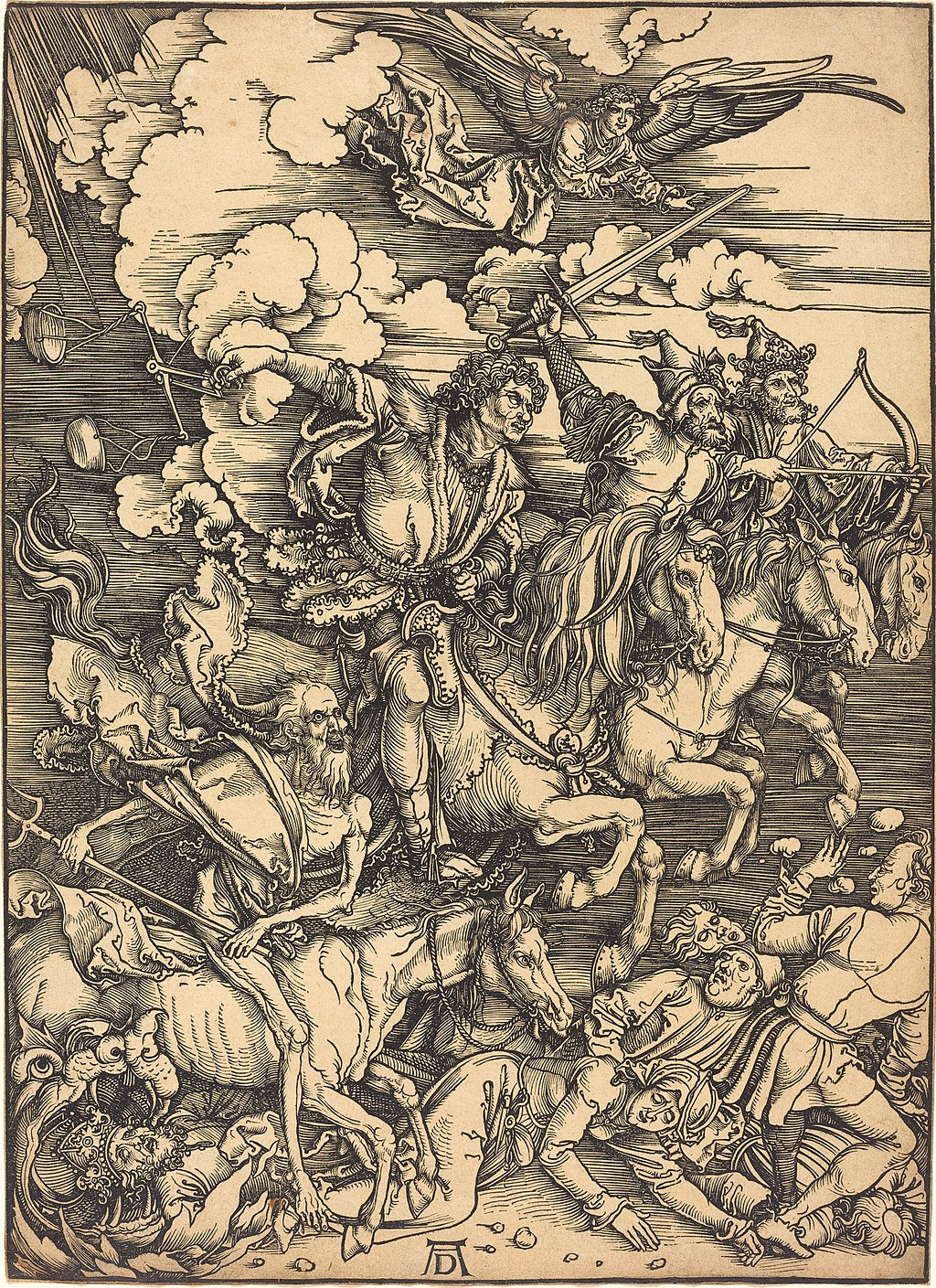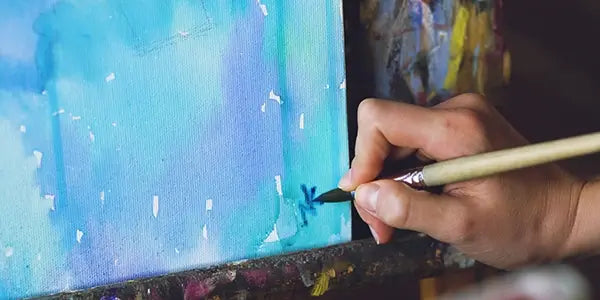Art prints, often seen as replicas of original works, hold a unique and profound role in the realm of art therapy, serving not merely as decorative pieces but as powerful tools for healing, self-expression, and mental well-being. Art therapy, a form of psychotherapy that utilizes art as its primary mode of communication and healing, has long recognized the potential of art to heal, express, and explore the psyche. The inclusion of art prints in this therapeutic process magnifies its benefits, offering accessibility, diversity, and a personalised approach to therapy.
Accessibility and Affordability

One of the most significant advantages of art prints in art therapy is their accessibility. Original works of art, while invaluable, can be prohibitively expensive and difficult to obtain for therapeutic settings. Art prints, on the other hand, offer a cost-effective and accessible alternative, allowing therapists and clients to utilize a wide range of artworks without the financial burden. This accessibility ensures that more individuals can benefit from art therapy, making it a more inclusive practice.
Diversity and Representation
Art prints enable a vast diversity of artworks to be introduced into the therapeutic setting, encompassing different cultures, historical periods, and artistic movements. This diversity is crucial in art therapy, as it allows individuals to find personal resonance with artworks that reflect their cultural background, personal experiences, or emotional states. Engaging with art prints from various contexts can foster a sense of connection and understanding, providing clients with a mirror to their own experiences and emotions.
Personalisation and Identification
The use of art prints in therapy allows for a personalised approach, where therapists can select prints that resonate with their client’s specific issues, interests, or emotional states. This tailored approach aids in fostering a deeper personal connection between the client and the artwork. Identifying with an image can act as a catalyst for introspection and self-awareness, encouraging individuals to explore their inner thoughts, feelings, and conflicts in a supportive environment.
Creative Expression and Interpretation

Creating art prints can also be an integral part of art therapy. The process of making art allows individuals to express themselves non-verbally, tapping into emotions and thoughts that may be difficult to articulate with words. For some, the act of creating art prints can be a meditative and therapeutic process, offering a sense of calm and focus amidst turmoil. Furthermore, interpreting art prints, whether created by oneself or by others, can provide insight into one's mental state, facilitating discussion and understanding in the therapeutic setting.
Mental Well-Being and Healing
Engagement with art prints, whether through creation, selection, or interpretation, can have a profound impact on mental well-being. It can provide a sense of accomplishment, boost self-esteem, and offer a form of emotional release. The reflective process encouraged by art therapy can lead to personal growth, improved coping mechanisms, and a better understanding of one’s emotional landscape. Moreover, art prints can serve as therapeutic anchors, offering comfort and familiarity in times of distress.
In conclusion, art prints play a pivotal role in art therapy, offering a bridge to personal expression, healing, and mental well-being. Their accessibility, diversity, and potential for personalization make them an invaluable tool in the therapeutic toolkit. Through engagement with art prints, individuals can explore their inner worlds, express emotions non-verbally, and embark on a journey of healing and self-discovery. Art therapy, enriched by the inclusion of art prints, continues to demonstrate the timeless power of art to heal the mind and soothe the soul.






















Leave a comment
This site is protected by hCaptcha and the hCaptcha Privacy Policy and Terms of Service apply.